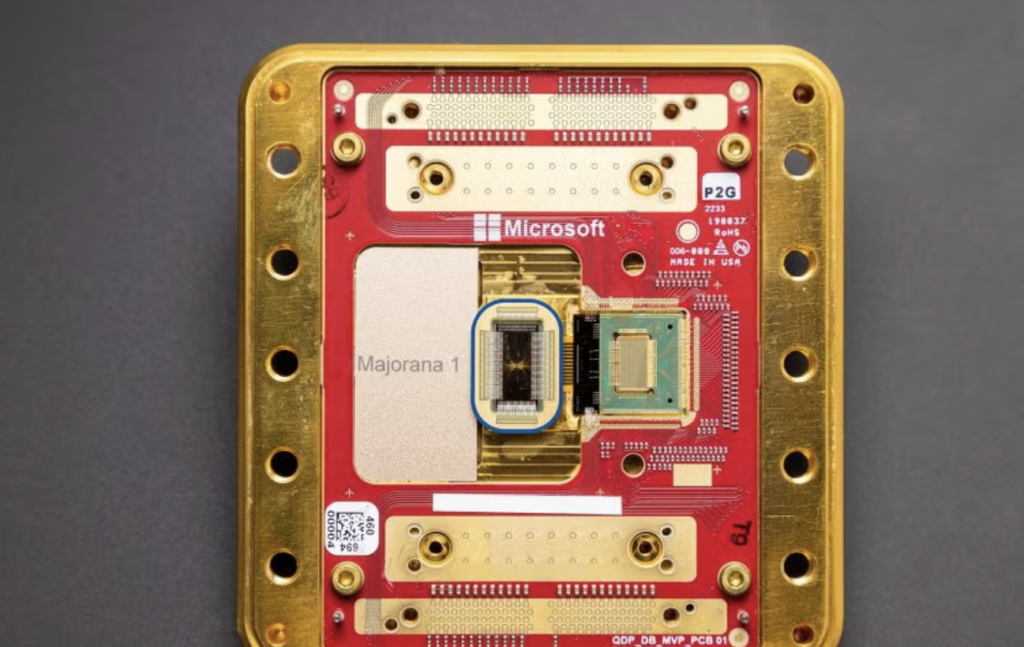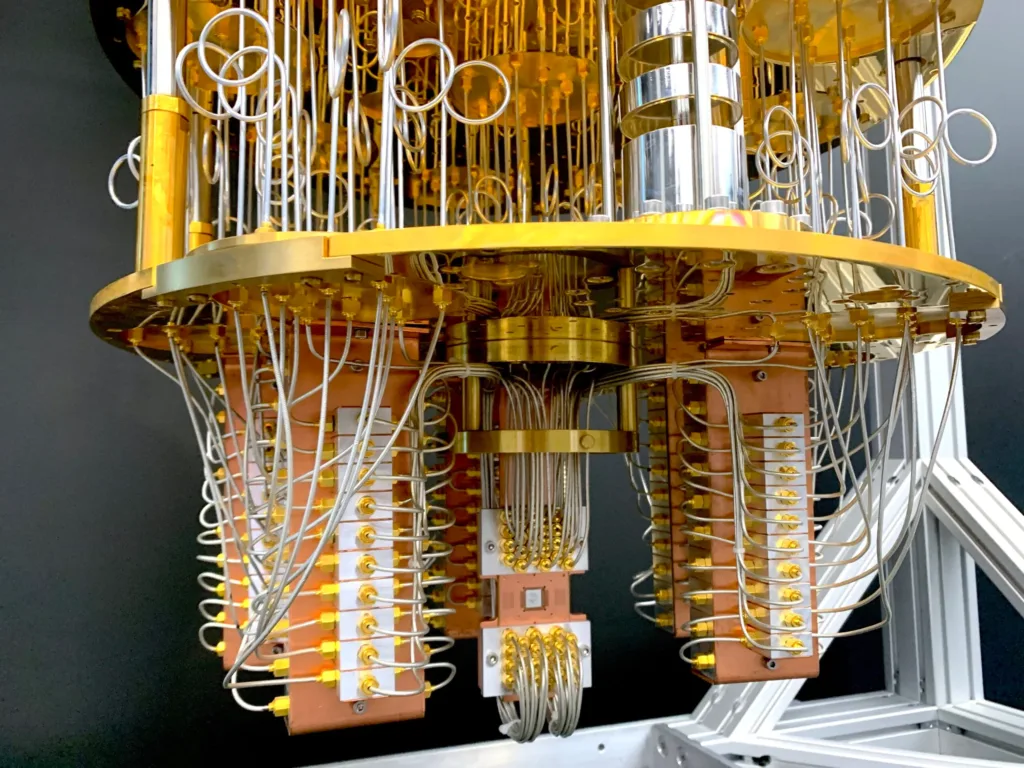Tiny but Mighty: UC Berkeley’s Micro-Robot Takes Flight with Magnetic Power
There’s a very popular saying that states “A little goes a long way.” That saying is exemplified through the University of California, Berkeley’s new smallest robot. Weighing in at just 21 milligrams and only being 9.4 millimeters in size, it is the smallest robot in the world that is capable of controllable flight.
Inspired by the movements of bumblebees, Liwei Lin, professor of mechanical engineering at UC Berkeley, aimed to create a robot that could mimic their precision, stating that “Bees exhibit remarkable aeronautical abilities, such as navigation, hovering, and pollination, that artificial flying robots of similar scale fail to do.” Typically, flight is only achievable in robots through motors, propellers, and electronics for flight control. These components prove to be a challenge to cram into such a miniscule frame. However, this robot is powered by external magnetic fields, with its body built to resemble a propeller, and has two magnets of opposite attraction attached, which provide the robot with the necessary lift to take off.
Magnetic force is caused by the rotation of electric charges, which creates an invisible force that can attract or repel other magnetic materials. This force creates an external magnetic field, which attracts and repels the magnet within the robot, spinning the propeller and causing the robot to fly. In this case, the field is generated by an electromagnetic field coil. By altering the strength of the magnetic field, the flight path of the robot can be accurately controlled.
With such a small frame, the possibilities are endless. One of the most promising applications is artificial pollination, as mentioned by Wei Yue, co-author of the study and Ph.D. candidate. “This flying robot can be wirelessly controlled to approach and hit a designated target, mimicking the mechanism of pollination as a bee collects nectar and flies away,” states Lin. This can be instrumental in supplementing global pollination. Trends have shown that populations of bees — who are the #1 pollinators in the world — have been steadily declining. If enough of these robots are produced, it could counteract the decline of the bee population. This is just one of the many uses. The next smallest size of robot is about 2.8 cm. This is over 3 times the size of the UC Berkeley model. The miniscule form of this robot makes it highly beneficial in rescue situations, as it will be able to squeeze into spaces previously deemed too small to fit into. They can also be useful in the field of medicine, with Yue stating that “They could potentially be used in minimally invasive surgery because we could inject a number of them into the body and have them cooperate together to form stents, ablate clots or do other tasks.”
Due to the nature of the frame, it is not possible for the robot to adjust its movements instantaneously, as on-board sensors are not able to fit. This means it cannot adapt to any unexpected changes or obstacles in its flight path. So, events like strong wind or rain can knock the robot off course. However, the scientists at UC Berkeley plan to further develop this technology, with Yue stating “In the future, we will try to add active control, which would allow us to change the robot’s attitude and position in real time.” Another drawback is that the magnetic field required to lift the robot is quite strong. This can be corrected by further shrinking the size of the robot down to about 1mm. This will make it light enough to be carried by weaker fields made from waves such as radio waves.
Innovation knows no bounds with UC Berkeley’s new smallest robot. Despite the challenges, this robot shows that big things can truly come from small packages. From saving the environment, to enhancing medical practices, to performing rescue missions, the possibilities are endless.
References:
Jacobs, Skye. “Miniature Robot Takes Flight Using Magnetic Fields, No Onboard Power.” TechSpot, 3 Apr. 2025, www.techspot.com/news/107394-miniature-robot-takes-flight-using-magnetic-fields-no.html. Accessed 11 Apr. 2025.
Manke, Kara. “UC Berkeley Engineers Create World’s Smallest Wireless Flying Robot – Berkeley News.” Berkeley News, 28 Mar. 2025, news.berkeley.edu/2025/03/28/uc-berkeley-engineers-create-worlds-smallest-wireless-flying-robot/. Accessed 11 Apr. 2025.
Trovato, Roman. “UC Berkeley Engineers Create World’s Smallest Wireless Flying Robot.” Www.dailycal.org, 2 Apr. 2025, www.dailycal.org/news/campus/research-and-ideas/uc-berkeley-engineers-create-world-s-smallest-wireless-flying-robot/article_be09b0eb-5f5e-48a4-892c-b92cda6064ec.html. Accessed 11 Apr. 2025.







